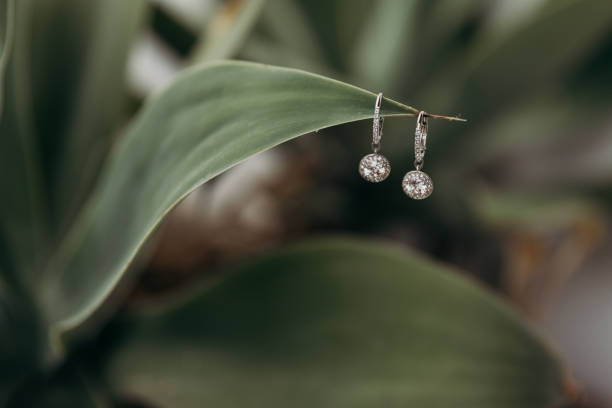Color Grading of Gemstones All Entries

Color can be a powerful thing. Color can create a mood, quickly communicate classification, and even influence human and animal emotions. The color of a gemstone can have a significant impact on its monetary value. Clarity and hue are highly desireable, and can determine whether a stone is casual jewelry or a multi-million dollar gem enshrined in a museum. Here are important points to know about the color grading of gemstones.
Diamond Color Grading
When it comes to diamonds, colorless is the highest grade. Jewelers use the standard color grading scale developed by the Gemological Institute of America (GIA) for evaluating diamonds. The grades are represented by the letters D through Z, in which D is the most colorless while Z is light yellow to brown. Essentially the higher the letter, the more colorful the diamond, which means the less value it likely has. In school a D grade was bad news, yet it's the best grade a diamond can get for color, reflecting purity.
Ruby and Sapphire Color Grading
Color is the most relevant factor that affects the value of rubies or sapphires, according to the International Gem Society. A gemologist separates color into three components: hue, tone, and saturation. Gemstones generally have a dominant hue, which consists of the basic colors. They may also have a secondary hue that adds to the captivating effect. Pure red is the most valuable color to look for in a ruby, while the most expensive sapphires are pure blue.
Tone is a 0-10 scale spanning from lightness to darkness. Rubies usually have a tone of 5 or more, while sapphires are in the lower range. Saturation is a 1-6 scale that measures the intensity of the color. But gemologists don't need tools to come up with these color measurements, which are often evaluated visually. While not too many gems reach the highest saturation level, rubies and sapphires sometimes do.
Emerald Color Grading
Like rubies and sapphires, emerald color grading is based on the Munsell Color System, which assigns values to hues and saturation, aka chroma. It's important that emerald color grading is done indoors without contact to direct sunlight, which can alter color perception. Blue-green to pure green are the most valuable emerald colors. Emeralds have trace elements of chromium, vanadium and iron, which each affect the gemstone's color.
Pearl Color Grading
While white pearls are usually the most in demand, these underwater gems can still be found in multiple colors. Pearl color grading is also based on hue, tone and saturation, with the deepest colors commanding the most value. White or gold South Sea pearls are the most valuable on earth with some stones going for as high as six figures.
Conclusion
Several factors affect the value of a gemstone, but color is often the most crucial factor. Other factors include the size, shape, type, and shine of the stone. Contact Ralph Mueller & Associates for more information about the value of jewelry you're interested in buying or selling. We've served Arizona jewelry lovers for three decades, connecting them with rare finds from the international market. Let us know your passion for gems and we'll help you with buying or selling them.